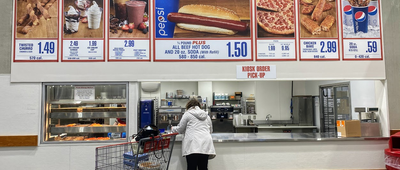Menu Upgrades
School lunches haven't always been around, but they've pretty much always been linked with students' mental and physical health. Over the years the standards have shifted, but the fact remains: School lunches are a huge business, and a constant sign of change.
Related: Retro School Supplies That Will Make You Miss the Classroom






















